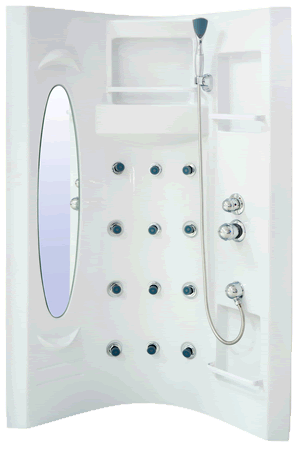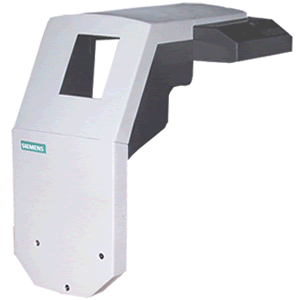 |
Polystyrene is a vinyl polymer. As far as its structure is concerned, it is a long hydrocarbon chain, with a phenyl group attached to every other carbon atom. Polystyrene is produced by polymerization from the monomer styrene.
Similar to some other inventions, polystyrene was discovered by accident. A German pharmacist, Eduard Simon, discovered it in 1839 by distilling a monomer from storax, the resin of Liquidambar orientalis (oriental sweetgum), and called it styrol. A few days later the styrol had thickened into a jelly. Simon presumed this thickening was due to oxidation and named it styrol oxide (Styroloxyd). In 1845 the English chemist John Blyth and the German chemist August Wilhelm von Hofmann proved that the same process occurred without the presence of oxygen and called this substance metastyrol. Later analysis concluded that it was chemically identical to Styroloxyd. In the year 1866 Marcelin Berthelot perceived this transformation of styrol to metastyrol as a polymerization process.
It took about another 50 years until the German chemist Hermann Staudinger realized that heating of styrol starts a chain reaction, which produces macromolecules. This eventually gave the substance its current name, polystyrene. In 1922, Hermann Staudinger published his thesis on polymers, stating that natural rubbers receive their elasticity through long repetitive chains of monomers and that materials made through thermal processing of styrene were similar to rubber. They were the high polymers including polystyrene. In 1953, Hermann Staudinger was awarded the Nobel Prize for Chemistry for his research. |
In 1931, IG Farben started the production of polystyrene in Ludwigshafen, Germany, expecting to have a capable replacement for die cast zinc in a number of applications. They were successful, as they developed a reactor vessel for extruding polystyrene through a heated tube and cutter, which produced polystyrene in pellet form.
Polystyrene is one of the most extensively used plastics with a consumption of several billion kilos per year.
|
|
PS Properties
Polystyrene is a thermoplastic of solid or glassy state at room temperature, which flows when heated above its glass transition temperature (about 100°C) and becomes solid again when cooled. Pure rigid polystyrene is hard and colorless, but polystyrene can also be transparent or manufactured in many various colors. The flexibility of polystyrene is limited.
Advantages of polystyrene are: it is cheap, rigid, transparent, has a good dimensional stability and it is easy to mold. Furthermore it provides good electrical properties, low dielectric loss and excellent resistance to gamma radiation.
Its drawbacks are that it is brittle, susceptible to UV degradation, flammable and provides poor chemical resistance, especially to organic compounds.
|
PS Applications
Polystyrene is quite common in our everyday life. The housing of your computer is most probably made of polystyrene, model cars are made from polystyrene and in the form of foam (Styrofoam™ is Dow Chemicals brand name of polystyrene foam) it is used – amongst others - for beverage cups.
Polystyrene (PS) is designed for applications requiring superior electrical and mechanical properties, as well as good processability. Polystyrenes are normally processed by injection molding but, due to their superior processability, other techniques including thermoforming, blow molding, extrusion and compression molding work equally well . Typical applications are tank covers, insulators, co-axial cable separators, tubing for corrosive liquids, lighting diffusers, profiles, containers, trays, and packing applications.
Polystyrene is available in two grades:
General Purpose Polystyrene (GPPS) provides good water resistance, excellent transparency and high dielectric strength. It is often used for high frequency insulation sheeting, laminated electronic circuits and other electrical applications.
High Impact Polystyrene (HIPS) provides balanced properties of impact strength, heat resistance, dimensional strength, is easily machined and is low cost. It is usually used for toys, household items and electrical elements and devices.
|
Other commonly used thermoplastics
|
 |
|